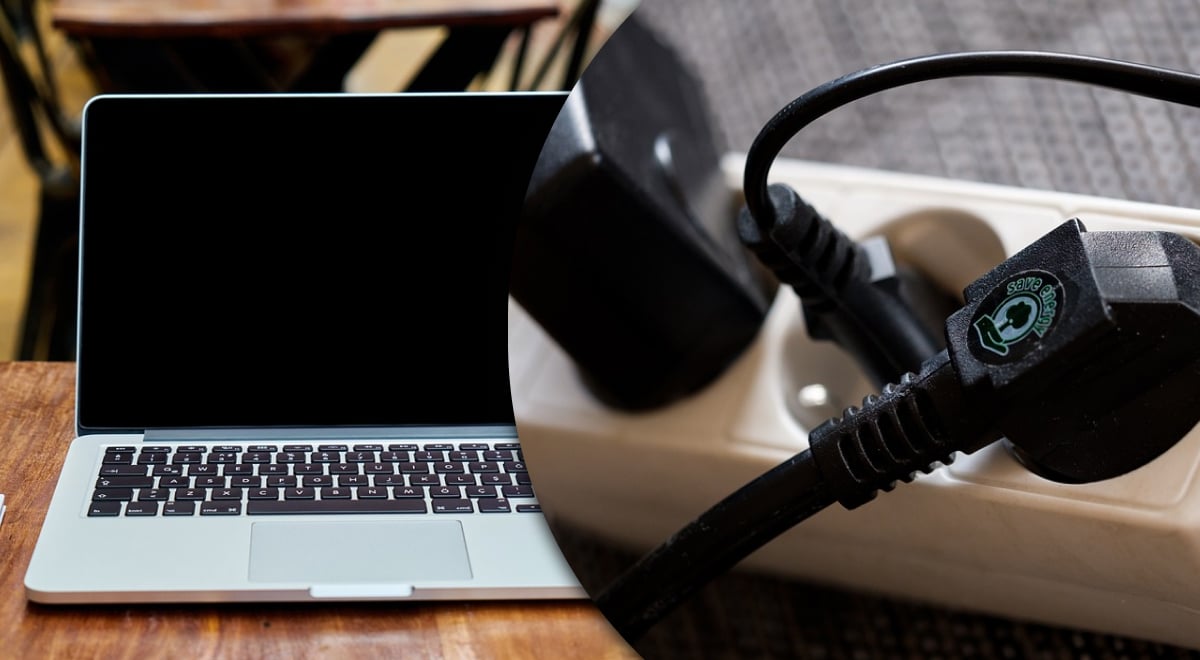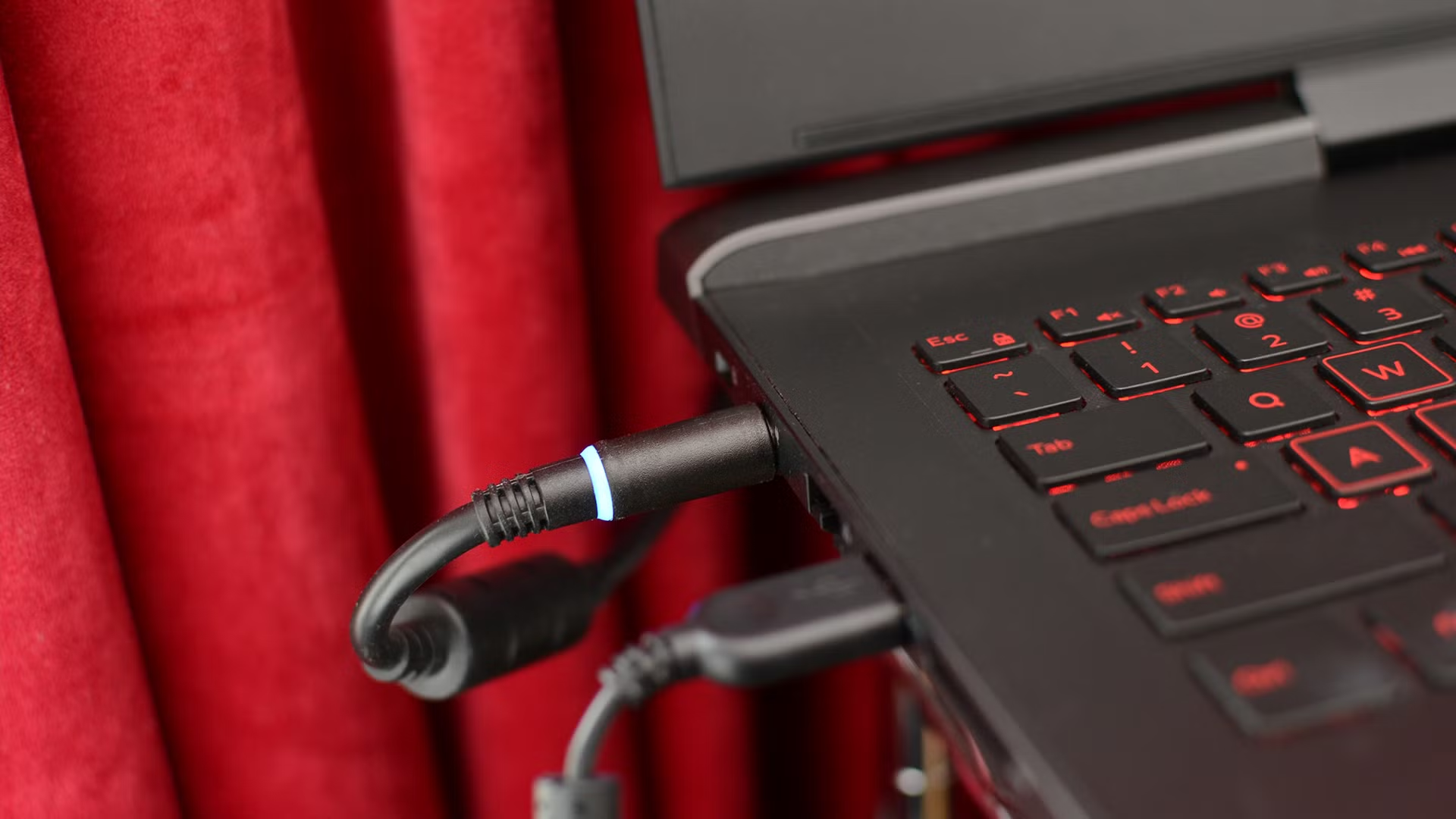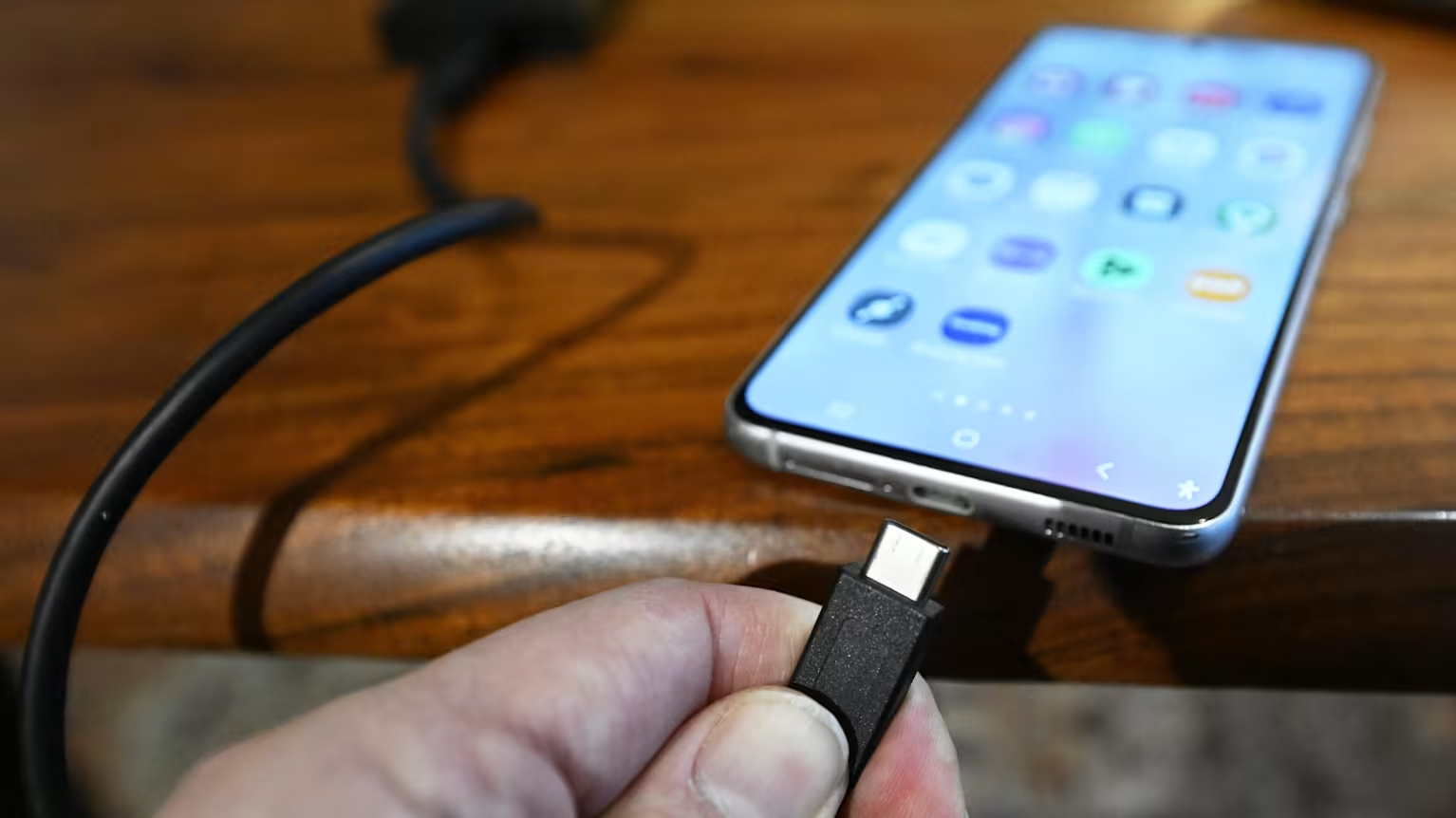Fast charging is wonderful until it isn’t—until your phone feels like a hand warmer, your laptop fans surge mid-call, and performance quietly slips while the battery simmers. The good news is you don’t need to give up speed to stay cool. You need a few practical habits that separate power from heat: match adapters and cables to the moment, choose charging windows that avoid workload spikes, give batteries and chips a little airflow, and let built-in health features do more of the work. Do that, and your devices charge briskly when you need it, cruise gently when you don’t, and keep their composure during the tasks that matter. Think of this as a calm charging playbook for real life—phones, tablets, and laptops that stay responsive while they refuel, and batteries that hold their capacity longer because they weren’t cooked along the way.
Begin with the cool-power mindset: speed when it helps, gentleness by default

Every charging decision sits on one principle: heat comes from stacking fast power and heavy work at the same time. You can avoid most hotspots by deciding which one you actually need in a given moment. If you’re navigating, gaming, or on a video call, choose a moderate charger and dim the screen a notch while power flows; the session stays smooth and the pack stays calmer. If you’re late out the door, use the higher-watt brick for a jump to fifty or sixty percent, then let a smaller adapter finish at your desk. Phones and laptops already taper current as they warm; when you avoid pushing maximum watts during peak activity, they reach their target faster with less throttling. Adopt a simple rhythm: fast when you must, gentle when you can. Over days, that rhythm feels like a device that rarely gets hot, a battery percentage that behaves predictably, and performance that doesn’t droop just because a cable is attached.
Match adapters and cables to the job so watts become work, not heat
Chargers and cables are a system, not decoration. Use a quality USB-C Power Delivery adapter sized to your real need: one small, quiet brick for bedside and desk, one higher-watt for travel and emergency top-ups. On phones that support PPS, a PPS-capable charger negotiates finer voltage steps that run cooler at the same delivered energy. On laptops, favor a single adapter that meets the machine’s rated draw rather than an “overkill” block that encourages high-watt ramps when you’re doing light work. Cables matter just as much. E-marked, properly rated USB-C cables advertise their current capability so devices don’t fight the wire; short, thicker cables waste less energy, which you feel as fewer warm spots at the connectors. Retire mystery leads and bundles from old toys; resistance in a bargain cable becomes heat at your port. If you must use a hub or dock, prefer one with its own power and known per-port budgets so your laptop isn’t back-feeding a desk full of accessories. A tidy, well-matched chain turns wall watts into battery charge and leaves little behind as warmth.
Create predictable charging windows and let the OS keep you cool
Battery chemistry loves routine, and modern software helps. Turn on optimized charging features so your phone or laptop lingers around eighty to ninety percent during long plugs and finishes to full near the time you actually leave. On platforms that allow it, cap charge at about eighty percent for desk-bound days and lift the cap only before travel. Schedule heavy work into those windows so you aren’t charging hard and working hard at the same moment; photo and video uploads, cloud syncs, game downloads, and OS updates all run cooler overnight on a charger than mid-afternoon on a hot desk. If you need a daytime refill, aim for a quick top-up to a useful number rather than a push to one hundred; the upper end of the curve is where packs sit warmest for the least real benefit. These small timing choices feel like calm: a battery meter that doesn’t plunge when you step out, and a device that rarely warms enough to make you notice.
Keep the physical setup friendly to cooling: surfaces, cases, cars, and desks
Heat needs to leave, so give it a path. Charge on hard, open surfaces; pillows, couches, and thick pads trap warmth against the shell. Slip bulky cases off during sustained or wireless charging, especially if they use dense materials that insulate. Place phones and tablets where air can circulate on all sides; even a few millimeters of space under the device helps. For cars, avoid wireless pads in hot cabins; cable-charge near an AC vent, reduce screen brightness, and angle vents away from the back of the device so hot airflow doesn’t bake one spot. On desks, keep chargers and docks away from fabric piles and tangle-nests of cables that hold heat. Clean ports occasionally with a gentle, non-conductive tool; lint raises resistance, resistance raises temperature, and warmth near the connector is the quiet enemy of both performance and longevity. These aren’t fussy rituals—just small placements and habits that turn “warm” back into “barely noticeable.”
Charge while you work without throttling: laptop-first tactics that stick
Laptops invite long plugged-in sessions, and that’s where heat sneaks in. Elevate the rear or use a stand so cool air can pass under the chassis; even low feet beat a flat tabletop. Pick a balanced power mode while charging rather than a relentless performance profile that spikes boost clocks and drags a charger into its loudest region. If you’re docking, use a powered dock that supplies the rated wattage to the laptop and isolates peripherals behind their own regulators; bus-powered hubs can make the computer back-feed displays and drives, which piles heat on the charging circuit. During sustained work like video exports or code builds, let the sprint finish before attaching a high-watt charger, or give the system a minute to settle—temperature inertia is real, and the same job runs cooler when it starts a few degrees lower. If your machine supports a charge limit for desk use, set it and leave it; the pack stays relaxed while the adapter powers the session, and performance remains steadier because the battery isn’t simmering beneath the keyboard.
Share one charger across devices without hot compromises
Multi-port travel bricks are convenient if you understand their budgets. Per-port power often drops when you plug in a second or third device. Arrange connections so the most demanding device gets the highest-priority port, then add low-draw items like earbuds or watches to the shared ports. If a laptop and phone must share, let the laptop sip first while the phone is idle, then swap when the laptop sleeps; many chargers shift allocations dynamically, but you can avoid tug-of-war by sequencing. Prefer two moderate chargers over one monster if you routinely charge a laptop and tablet together; spreading heat across two small adapters keeps each one cooler and often charges everything just as fast. For wireless accessories, charge them alone on a pad rather than stacking the phone and watch together on a crowded surface; stacked coils and cases trap heat where it matters most. A little planning turns “one brick for all” from a hot mess into a calm routine.
Troubleshoot hotspots calmly and keep safety non-negotiable
When something feels hotter than last week with the same routine, change one variable and test again. Swap the cable first, then the adapter, then the outlet; poor contact and sagging sockets are common heat sources. Watch for patterns: if warmth spikes only during a certain app or while tethering, the workload is the culprit; pause the task or lower brightness during the initial minutes of a fast charge. If a wireless pad always runs warm, move the device a few millimeters to center the coil or switch to a cable in that context. Keep an eye on charge behavior after firmware updates; some toggles return to maximum speed by default. Above all, treat safety as the line you never cross. Retire swollen, scorched, or smelly gear immediately. Use certified adapters and e-marked cables from reputable makers, and avoid daisy-chains of extenders and bargain power strips that hide weak contacts. A solid, boring chain is the foundation for everything else you do to stay cool.
Make cool power automatic with two light habits you’ll keep

The best charging plan is the one you don’t think about. Save two presets in your head and in your setup: a gentle desk or bedside routine with a smaller brick, optimized charging, and a clear surface, and a fast-lane routine for real rushes, paired with a short, rated cable and a little screen dimming while the initial watts flow. Once a week, give your ports a glance for lint, your cables a touch for warm spots, and your settings a quick check that limits and optimizations are still on. Once a quarter, retire a tired cable and update the charger you rely on most; premium, efficient adapters pay for themselves in lower heat. These tiny rituals keep your gear composed so you can forget you’re even charging. Your phone won’t throttle mid-navigation, your laptop won’t sag during a presentation, and the battery percentages you see will keep meaning what they used to mean.

